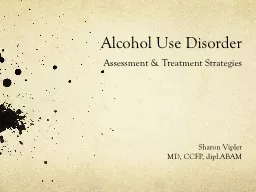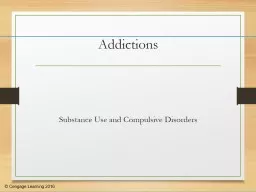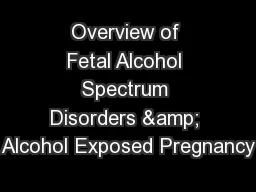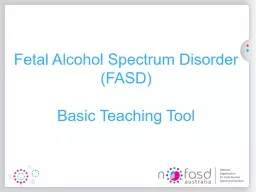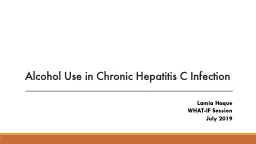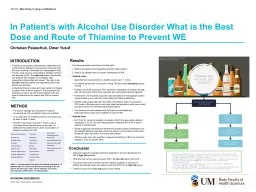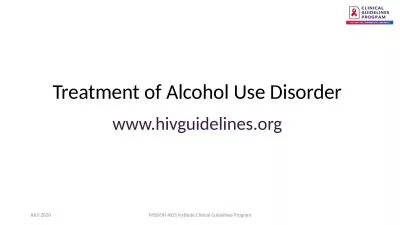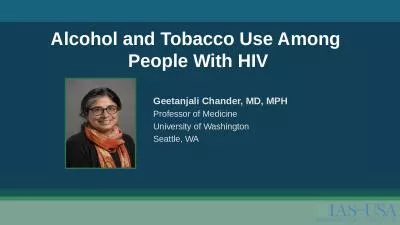PPT-Alcohol Use Disorder Assessment & Treatment Strategies
Author : tatyana-admore | Published Date : 2019-02-05
Sharon Vipler MD CCFP diplABAM St Pauls Hospital Addiction Medicine Consult Team Medical Lead Creekside Withdrawal Management Centre Inpatient unit and RAAC Surrey
Presentation Embed Code
Download Presentation
Download Presentation The PPT/PDF document "Alcohol Use Disorder Assessment & Tr..." is the property of its rightful owner. Permission is granted to download and print the materials on this website for personal, non-commercial use only, and to display it on your personal computer provided you do not modify the materials and that you retain all copyright notices contained in the materials. By downloading content from our website, you accept the terms of this agreement.
Alcohol Use Disorder Assessment & Treatment Strategies: Transcript
Download Rules Of Document
"Alcohol Use Disorder Assessment & Treatment Strategies"The content belongs to its owner. You may download and print it for personal use, without modification, and keep all copyright notices. By downloading, you agree to these terms.
Related Documents

